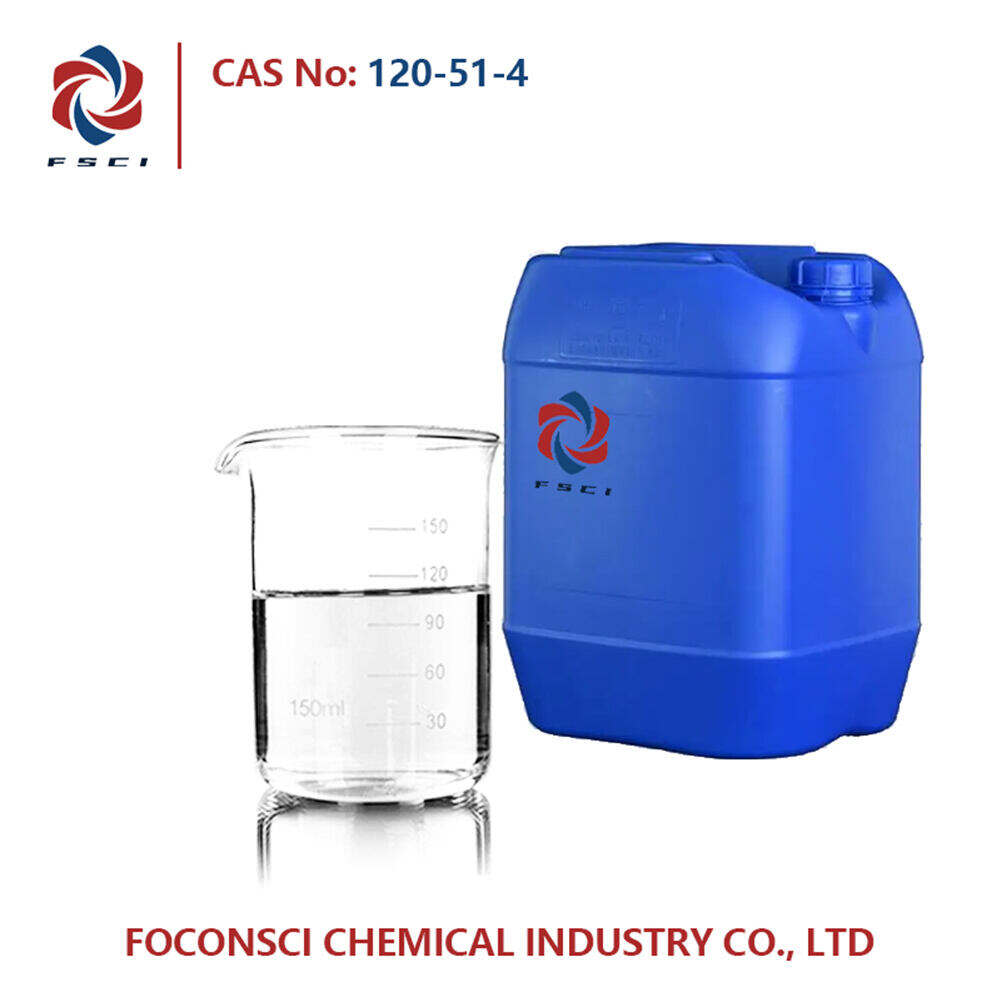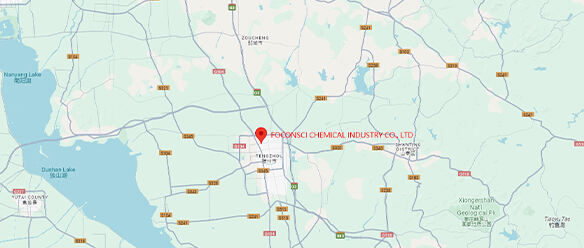Types of Plasticizers
Chemical compounds called plasticizers are used to improve the flexibility, workability, and durability of materials, especially plastics. These substances are used in everything from cars to medical devices. Some types are popular because they have unique properties or advantages over others. In this article we are going to discuss the advantages of four different plasticizers: Benzyl Benzoate, Diisononyl Phthalate (DINP), Dibutyl Phthalate (DBP), and Dioctyl Adipate (DOA).
Advantages of Using Benzyl Benzoates
Benzyl benzoates is made from benzoic acid and benzyl alcohol. This kind of plasticizer has been known for its many benefits.
Solvent qualities: One good thing about having solvent powers being commendable is that such capabilities help dissolve other substances better while still being able mix them evenly too.
Low volatility – Products do not lose their flexibility or strength over time because they don’t evaporate easily due to stability issues associated with high evaporation rates caused by volatile organic compounds found within some formulations.
Non-toxicity – It can also be said that benzyl benzoates are safe enough not only for personal care but also pharmaceuticals since it does not have much toxicity compared to most chemicals used in these sectors.
Benefits Of Using Diisononyl Phthalates
Diisononyl phthalate (DINP) is considered by many people as one among key players when it comes to plasticizers especially in PVC industry.
Plasticizing efficiency – DINP known for its high levels of efficiency during plasticization process, making materials less rigid and more flexible through a reduction of concentration required compared with other types.
High durability - Products made from plastics which have been treated or modified using DINPs tend to be long lasting because they are resistant against damage, this makes them suitable for applications such as hoses, flooring and cables where durability matters most.
Weather resistance – Plastic can be affected negatively by various weather conditions. Such as heat, coldness or even UV light may cause degradation which could lead to loss of desirable properties in terms of mechanical strength or appearance. DINP shows good resistance towards these effects, ensuring the material retains its original features regardless environmental changes.
Compatibility – Another important thing about plasticizers like Di-Isononyl Phthalates is that they are compatible with different types of additives and materials, this makes them versatile enough for use in complex formulations during manufacturing processes.
Benefits Of Using Dibutyl Phthalates
Dibutyl phthalate (DBP) is one among popularly used plasticizers due to effectiveness across many areas where they are required.
Film flexibility – Its great ability creating soft layers explains why they are commonly used in packaging industries for producing flexible films.
Cost effectiveness - Another benefit associated with having di-butyl phthalates around revolves around its cost. It is cheaply produced, making it an ideal choice especially when performance needs to be balanced against budget constraints during production stages.
Processability improvement: Polymer processing becomes easier when dibutyl phthalate is added into polymers since this additive enhances processability of such polymers, increasing ease of manufacturing big quantities where necessary.
Solubility and stability – Just like Benzyl Benzoates and Dibutyl phthalate also display excellent solubilities and stabilities which aids in ensuring consistent quality throughout life span.
Benefits Of Using Dioctyl Adipates
Dioctyl adipate (DOA) is praised for its ability to offer low temperature flexibility especially required in certain applications.
Performance at Low Temperatures: DOA can keep materials pliable when the temperature drops which is why it is preferred for applications like exterior cables or packaging used in cold storage areas.
Not poisonous: It may be used in food packaging and medical devices because of its low toxicity compared with Benzyl Benzoate.
Durability: When plasticized using DOA, products tend to last longer and resist deterioration better. This makes it most suitable for use in applications where there is need for extended service life.
Good Compatibility With Polyvinyl Chloride (PVC): Its ability to work well together with PVC has led to a wide range of flexible PVC products being made from it such as soft films, sheets and synthetic leather.
Conclusion
Plasticizers have many types which suit different purposes based on their benefits. Some of these include Benzyl Benzoate, Diisononyl Phthalate (DINP), Dibutyl Phthalate (DBP) and Dioctyl Adipate (DOA). They vary from being less toxic to highly efficient or durable under diverse conditions among other exceptional properties. Plastics demand more versatility with durability and safety. These chemicals will remain essential in the industry for years to come.


 EN
EN
 AR
AR
 BG
BG
 HR
HR
 CS
CS
 DA
DA
 NL
NL
 FI
FI
 FR
FR
 DE
DE
 EL
EL
 HI
HI
 IT
IT
 JA
JA
 KO
KO
 NO
NO
 PL
PL
 PT
PT
 RO
RO
 RU
RU
 ES
ES
 SV
SV
 TL
TL
 IW
IW
 ID
ID
 LV
LV
 LT
LT
 SR
SR
 SK
SK
 VI
VI
 HU
HU
 TH
TH
 TR
TR
 GA
GA
 CY
CY
 KA
KA
 LA
LA
 MN
MN
 KK
KK
 LB
LB


